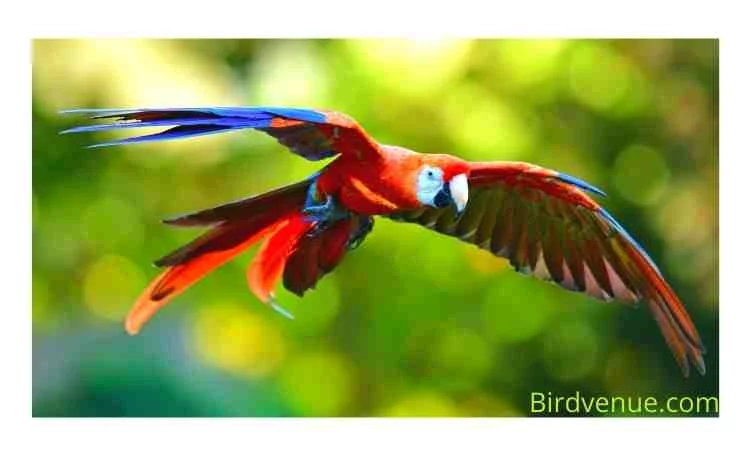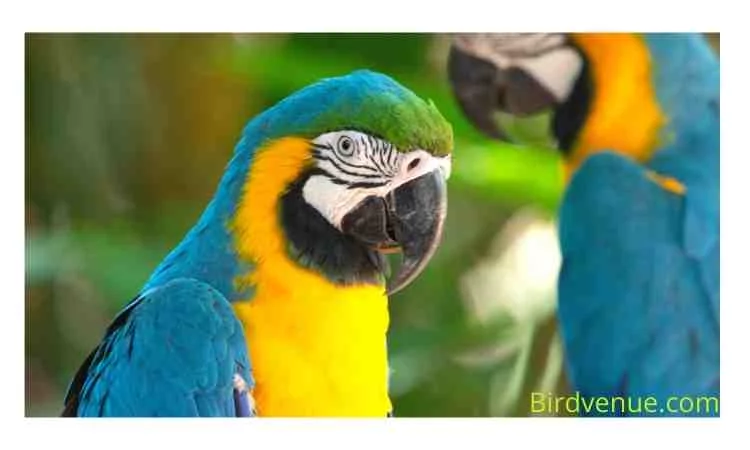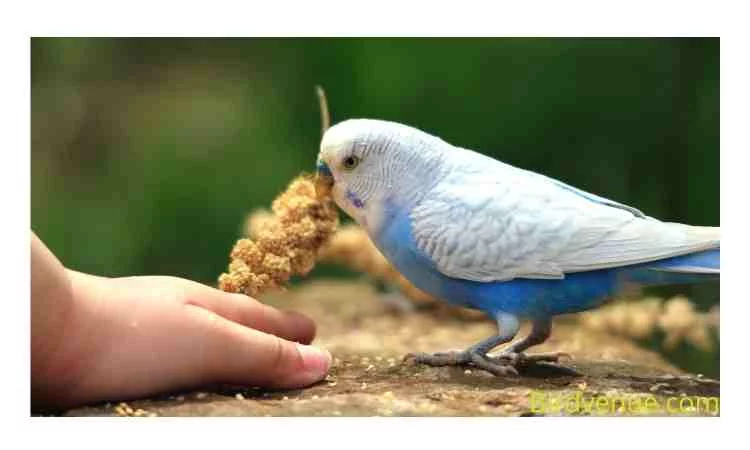
Have you ever tried to teach a parrot or other pet to fly and come back to you? If you haven’t, then you should try it out. Teaching parrots to fly and come back is a great way to bond with them and show them that you care. It’s also fun and rewarding for both of you. But how do you train your parrot to fly and come back to you? In the previous article, we discussed how to train a parrot to talk. In this blog post, we will discuss the different ways in which you can train your parrot to learn fly and come back home.
how to train a parrot to fly and come back
1. Reward training:

This is one of the most common methods used by trainers to teach their pets to perform certain tasks. The idea behind reward training is that when the animal performs a task correctly, it gets rewarded with something that it likes. For example, if you want your parrot to learn how to fly, you could give it some food as a reward whenever it does so. So, what are the best rewards for teaching your parrot to fly and come back? Well, there are many things that would work well. Some of these include:
- A treat (e.g., cheese)
- A toy (e.g., feather duster)
- A favourite song
- A game (e.g., fetch)
- An activity like feeding, bathing, grooming etc.
2. Punishment training:
Another method used by trainers to teach animals to perform certain tasks is punishment training. With this technique, an animal is punished if it fails to perform a particular task. For example, if your parrot doesn’t fly properly, you might punish it by taking away its favourite toys. You can use this method to teach your parrots to fly too! However, keep in mind that punishment training may be counter-productive. That is, it may make your parrot afraid of flying and thus, not willing to take off from its perch.
3. Associative learning:

This is another popular method used by trainers to train animals. With associative learning, you associate a specific behaviour with a particular stimulus. For example, if a dog barks at every person who comes near him, then he learns that barking means someone is coming close to him. He associates the sound of barking with people coming close to him. Similarly, if you want your parrot to learn to fly and come back, you must first associate flying with something pleasant. Then, once your parrot has learned to associate flying and come up with something pleasurable, you can start making it more challenging. For instance, you can play music while your parrot flies around the room. This makes flying seem less exciting and eventually, your parrot won’t want to practice anymore.
4. Operant conditioning:

This is yet another method used by trainers to help animals learn new behaviours. With operant conditioning, you reward your parrot for performing the desired action. For example, you can offer your parrot a tasty treat after it successfully takes flight. Or, you can use positive reinforcement to encourage your parrot to perform a certain behaviour. For example, you could say “Good boy!” whenever your parrot lands on your hand.
5. Socialization:
This is yet another important aspect of training animals. When you socialize your pet, you expose it to different situations and objects. This helps it become familiar with them. It also helps him develop trust toward other humans and animals.
6. Avoidance:
Another way to teach animals to do certain tasks. In avoidance training, you put obstacles or distractions in front of your pet to prevent it from doing a particular behaviour. For example, if there’s a wall in front of your parrot, it will probably stop trying to climb up it.
7. Habituation:
This is yet another effective method used by trainers to get animals to behave in a certain manner. Habituation involves exposing your pet to a situation over and over again until it becomes routine. Once your parrot has been habituated to a situation you no longer need to provide any kind of attention or stimulation.
8. Counter conditioning:
Counter conditioning is yet another useful tool used by trainers to teach their pets certain behaviours. To understand how this works, let us assume that your parrot likes to eat nuts. If you give it nuts every day, then one day it will start expecting food every day. So, when it seems that you aren’t giving it anything, it will try to figure out what happened. It will think that something bad has happened because you haven’t given it anything today. So, it will start behaving badly (eating all the furniture). However, if you give it something else instead of nuts, like some toys, then it will realize that nothing bad happened and it will calm down.
Avoid some things during training
1. Never hit your parrot:
You may be tempted to hit your parrot in order to make it listen to you better. But, hitting a bird is never a good idea. Not only does it hurt the animal but it also hurts your relationship with it. You should always keep in mind that you are not its parent and you don’t have the right to discipline it.
2. Don’t yell at your parrot:
Yelling at your parrot doesn’t work either. It just confuses your pet even more. Instead of yelling, speak softly and calmly. Your parrot might respond better to your voice than your words.
3. Don’t punish your parrot:
Punishing your parrot is not going to help it change its behaviour. On the contrary, it will make your parrot feel guilty about misbehaving.
4. Don’t ignore your parrot:
Ignoring your parrot won’t help it learn anything. It will simply continue misbehaving. Instead, pay attention to your parrot so that you can guide it properly.
5. Don’t force your parrot:
If you want your parrot to do something, then ask it politely. Do not force it.
6. Don’t reward your parrot for bad behaviour:
Giving your parrot rewards for bad behaviour makes it feel proud of itself. This is why most dogs bite people who give them treats.
When do I start to train my parrot?
Once you’ve decided that you want to train your parrot, you’ll first need to choose an appropriate time to begin. The best times to train your parrot are early in the morning. This is because quiet time and your parrot will be less likely to disturb anyone around it.
How long will it take to train my parrot to fly?
It depends on many factors such as how much time you spend training each day, how well-trained your parrot already is, etc. Generally speaking, it takes anywhere from 2 weeks to 6 months to train your parrot to fly.
What I will do if my parrot gets sick during training?
If your parrot gets sick or injured during training, then you should stop immediately. Parrots are very sensitive animals and they cannot handle stress. They can easily become stressed out if they see someone hurting themselves.
Can I use my parrot’s favourite toy to train?
Yes! In fact, using your parrot’s favourite toy is a great way to train it. Just remember that you mustn’t treat your parrot roughly while doing so. Use gentle methods to train your parrot. For example, gently toss the toy into the air and catch it yourself. Then, throw it again and catch it again. Repeat this process until your parrot learns to follow your commands.
Final thought
Training a parrot is fun and rewarding. Once you’ve done, you’ll have a wonderful companion who will love you unconditionally. But you must be patient and consistent when training your parrot. In this article, we discussed some important things you need to know before you begin training your parrot fly and come back. Hopefully, these tips will help you to train your own parrot successfully.
